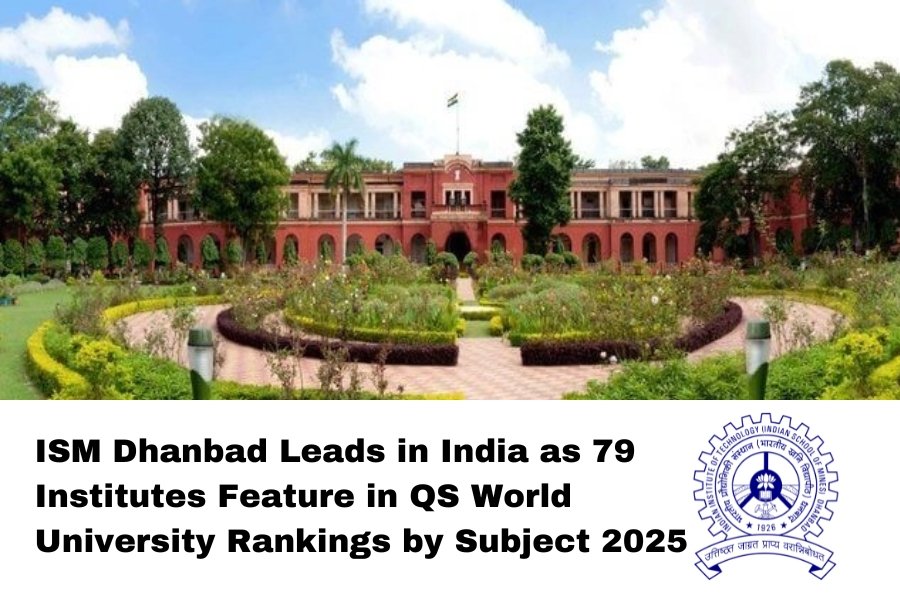In a remarkable achievement for Indian higher education, 79 Indian institutions have made it to the prestigious QS World University Rankings 2025, marking a significant presence on the global academic stage. Leading the Indian contingent is the Indian School of Mines (ISM) Dhanbad, which has emerged as the top-ranked Indian institution in subject-specific rankings, reflecting its strong performance in engineering and mining-related disciplines.
Notable Performers and Decline in Rankings of Prestigious Institutions
Despite the overall increase in Indian institutions listed, some of India’s most celebrated universities and institutes, including IIT Madras, IIM Ahmedabad, IIM Bangalore, and Jawaharlal Nehru University (JNU), have experienced a drop in their global rankings compared to last year.
While these institutions continue to feature within the top 50 globally across various subjects, the slight decline signals growing international competition and areas needing attention, such as research output, academic reputation, and international collaboration.
India’s Expanding Footprint in Global Higher Education
The inclusion of 79 Indian universities and institutions in this year’s QS World University Rankings showcases India’s growing prominence in the global academic community, especially in fields like engineering, technology, management, and social sciences.
Experts believe this is a testament to India’s sustained investments in higher education, research, and infrastructure, although the drop in rankings of leading institutes points to the need for continued focus on research innovation, faculty-student ratio, and global partnerships.
Emerging Universities Gaining International Recognition
Apart from established names like IITs and IIMs, several emerging Indian universities and specialized institutions have secured respectable positions in the QS rankings, reflecting India’s diverse and evolving academic ecosystem.
Smaller institutions focusing on niche areas such as environmental science, agriculture, and emerging technologies have also been recognized for their growing impact.
Need for Strategic Reforms in Indian Higher Education
Education analysts suggest that while India’s representation in QS rankings has grown, improving parameters like academic reputation, research citations, international student ratio, and faculty quality remain critical to climbing higher in global standings.
Greater collaboration with foreign universities, investment in advanced research, and increased focus on interdisciplinary studies are seen as key strategies to boost India’s future performance in global rankings.
Government’s Push for Global Recognition
The Indian government has launched initiatives such as “Institutions of Eminence” and “Study in India” to enhance the global visibility of Indian universities and attract international students and faculty. The current QS ranking outcome reflects partial success but also highlights the scope for policy interventions and educational reforms.
Conclusion: Mixed Results and the Road Ahead for Indian Higher Education
While ISM Dhanbad’s top ranking brings pride and highlights India’s specialized academic strength, the decline in the ranks of premier institutes like IIT Madras and IIM Ahmedabad indicates the need for introspection and strategic upgrades.
India’s significant representation in the QS World University Rankings 2025 is a promising sign of growth, but further efforts are needed to enhance global competitiveness and academic excellence.

